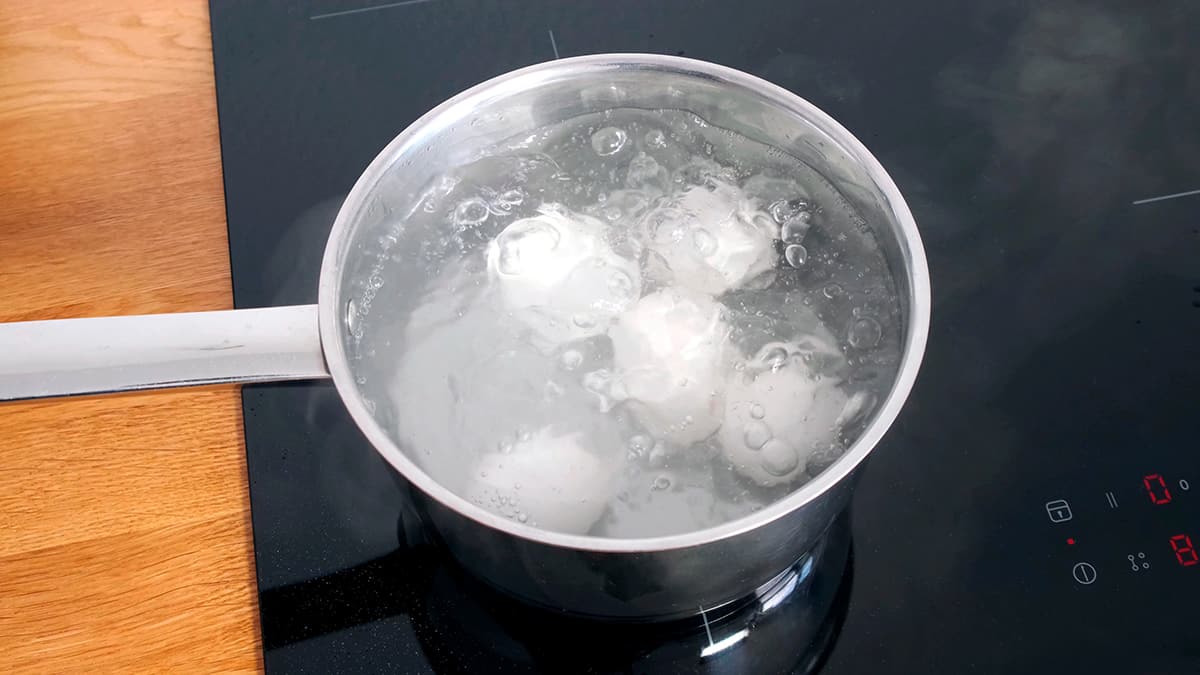

Articles
What Setting To Use For Simmer On A Stove Top
Modified: August 27, 2024
Discover the perfect stove top setting for simmering your favorite dishes with these informative articles.
(Many of the links in this article redirect to a specific reviewed product. Your purchase of these products through affiliate links helps to generate commission for Storables.com, at no extra cost. Learn more)
Introduction
Simmering is an essential cooking technique used on a stove top that involves cooking food in a liquid at a low temperature. It is a method widely used in various cuisines around the world to achieve tender and flavorful results. Whether you are preparing a hearty stew, a delicate sauce, or a comforting soup, simmering is the key to unlocking the full potential of your ingredients.
In this article, we will delve into the world of simmering on a stove top and explore its importance in achieving delicious and well-cooked dishes. We will also discuss the factors to consider when setting the perfect simmer, as well as the common mistakes to avoid during the process. Additionally, we will explore how to incorporate simmered foods into various recipes to enhance their flavors.
If you have ever wondered what setting to use when simmering on a stove top, or if you are eager to improve your simmering technique, then this article is for you. So grab your favorite pot, turn on the stove, and let’s dive into the simmering world together!
Key Takeaways:
- Mastering the art of simmering on a stove top is essential for enhancing flavors, tenderizing proteins, and achieving culinary excellence. Patience, attention to detail, and the right heat setting are key to perfecting this fundamental cooking technique.
- Simmered foods can be used in a wide range of recipes to add depth and richness, from soups and stews to sauces, braised dishes, and infused oils. Embrace the versatility of simmering and elevate your culinary skills to new heights.
Read more: What Number Is Simmer On Induction Cooktop
Definition of Simmering
Simmering is a cooking technique that involves cooking food gently in a liquid at a low and steady temperature. It is a gentle and slow cooking process that helps to extract flavors from the ingredients while keeping them tender and moist.
When simmering, the liquid should be heated to a point just below boiling, where small bubbles gently rise to the surface and there is minimal movement in the pot. This temperature range typically falls between 180°F (82°C) and 205°F (96°C).
The primary goal of simmering is to allow the flavors of the ingredients to meld together, ensuring that the dish is cooked evenly and that the flavors are fully developed. Simmering is commonly used for preparing soups, stews, sauces, and braised dishes.
Simmering is different from boiling, which involves cooking food in a liquid at a higher temperature. While boiling creates rapid and vigorous bubbles, simmering involves a slower, more controlled bubbling action.
The lower temperature of simmering is ideal for delicate ingredients, such as vegetables, seafood, and tender cuts of meat, as it prevents them from becoming overcooked and tough. The gradual heating also allows flavors to deepen and intensify, resulting in a more complex and flavorful dish.
Overall, simmering is a cooking technique that requires patience and attention to detail. It brings out the best in ingredients, transforming them into delicious and satisfying meals.
Importance of Simmering
Simmering is a crucial cooking technique that serves several important purposes in the culinary world. Understanding the importance of simmering can help elevate your cooking skills and lead to more flavorful and well-cooked dishes. Let’s explore the key reasons why simmering is essential:
- Flavor Enhancement: Simmering allows the flavors of the ingredients to blend and develop, resulting in a more complex and rich flavor profile. The low and slow cooking process extracts the essence from herbs, spices, and other aromatics, infusing the dish with their distinct flavors.
- Tenderizing Protein: Simmering is excellent for cooking tougher cuts of meat. The gentle heat helps break down the collagen and connective tissues in the meat, resulting in a tender and melt-in-your-mouth texture. The extended cooking time also allows the meat to absorb the flavors of the liquid, enhancing its overall taste.
- Sauce and Gravy Development: Simmering is essential when making sauces and gravies. The low temperature helps in reducing the liquid, intensifying the flavors and creating a velvety and thick consistency. Simmering also allows the sauce to develop a depth of flavor as the ingredients meld together over time.
- Infusion of Flavors: Simmering is perfect for infusing flavors into broths, stocks, and soups. Whether you are making a vegetable stock or a chicken broth, simmering allows the ingredients to release their flavors into the liquid, creating a flavorful base for your dishes.
- Even Cooking: Simmering ensures that the food is cooked evenly and gently, preventing overcooking or scorching. The slow and steady heat distribution allows the ingredients to cook thoroughly while preserving their texture and integrity.
Overall, simmering plays a vital role in enhancing the taste, texture, and overall quality of various dishes. It brings out the best in ingredients, infuses flavors, and results in delightful meals that are both satisfying and enjoyable.
Simmering on Stove Top
Simmering on a stove top is a convenient and widely used method for achieving the proper simmering temperature. Here are some key aspects to consider when simmering on a stove top:
- Selecting the Right Cookware: Choose a heavy-bottomed pot or Dutch oven with a tight-fitting lid. This type of cookware helps distribute heat evenly and retains it effectively, ensuring a consistent and controlled simmer.
- Adjusting the Heat: Start by setting the stove burner to medium-high heat until the liquid comes to a gentle boil. Once it reaches this stage, reduce the heat to low or medium-low to maintain the simmering temperature. Adjust the heat as needed to keep the liquid at a slow and steady simmer.
- Using the Right Burner: If possible, use a smaller burner that matches the size of your pot. This helps to distribute the heat evenly and prevents any hot spots, which can lead to uneven cooking.
- Monitoring the Bubbles: Keep an eye on the surface of the liquid. You should see small bubbles gently rising to the surface, but there should be no violent boiling or rapid bubbling. If the liquid starts to boil too vigorously, reduce the heat immediately to maintain a simmer.
- Controlling the Lid: Place the lid partially on the pot, leaving a small opening to allow steam to escape. This helps to prevent the liquid from boiling over while still trapping enough heat to maintain the simmering temperature.
It is important to note that the exact temperature required for simmering may vary depending on the recipe and the specific dish you are preparing. Always follow the instructions in the recipe and use your judgment to adjust the heat accordingly.
Simmering on a stove top provides a convenient and controlled environment for cooking your dishes at a low and gentle temperature, allowing the flavors to develop and the ingredients to cook evenly. Mastering this technique will greatly enhance your culinary skills and help you create delicious and well-cooked meals.
Factors for Simmering Setting on Stove Top
When it comes to simmering on a stove top, there are several factors to consider in order to achieve the perfect simmering setting. These factors include:
- Recipe Requirements: Different recipes may call for specific simmering settings, so it is important to follow the instructions provided. Some recipes may require a gentle simmer, while others may need a slightly more vigorous simmer. Adjust the heat accordingly to match the recipe requirements.
- Ingredient Sensitivity: Certain ingredients, such as seafood and delicate vegetables, are more sensitive to heat and can easily overcook. In these cases, a very gentle simmer may be required to prevent the ingredients from becoming mushy or losing their texture. On the other hand, tougher cuts of meat may benefit from a slightly more robust simmer to aid in their tenderization.
- Cooking Time: The length of time a dish needs to simmer will also impact the setting on the stove top. Longer cooking times may require a lower heat to prevent the liquid from reducing too quickly or the ingredients from overcooking. Conversely, shorter cooking times may require a slightly higher heat to achieve the desired results.
- Pot Size and Shape: The size and shape of your cooking pot can affect the simmering process. A wider and shallower pot may evaporate liquid more quickly, requiring a slightly lower heat setting to maintain the simmer. A taller and narrower pot may retain heat more effectively, allowing for a slightly higher heat setting.
- Altitude: If you live at a high altitude, adjustments to the simmering setting may be necessary. As altitude increases, the boiling point of water decreases, which means that the liquid may reach a simmer at a lower temperature. It may require some experimentation to find the right simmering setting for your specific altitude.
It is important to keep in mind that achieving the perfect simmering setting may require some trial and error. However, by considering the recipe, the ingredients, the cooking time, the pot characteristics, and any altitude adjustments, you can make informed decisions to achieve the desired results.
Remember to be attentive and make any necessary adjustments during the cooking process to maintain the simmering setting. With practice, you will become more familiar with how your stove top behaves and develop a better sense of the ideal simmering setting for various dishes.
When simmering on a stove top, set the heat to low or medium-low to maintain a gentle bubbling. This will prevent the liquid from boiling too vigorously and allow flavors to meld.
Read more: How To Use A Stove Top
Achieving the Perfect Simmer
Attaining the perfect simmer requires precision and attention to detail. Follow these guidelines to achieve the ideal simmering temperature:
- Start with a Boil: Begin by bringing the liquid to a boil over medium-high heat. This allows the initial ingredients to heat up quickly and brings the liquid to the right temperature.
- Reduce the Heat: Once the liquid reaches a boil, reduce the heat to low or medium-low to maintain a gentle simmer. Adjust the heat accordingly to prevent the liquid from boiling too rapidly or going below a simmer.
- Observe the Bubbles: Simmering is characterized by small, gentle bubbles that rise slowly to the surface. Aim for a consistent bubbling action without any violent boiling or rapid bubbling.
- Monitor the Temperature: Use a thermometer to measure the temperature of the liquid if precision is required. Ideally, the temperature should be between 180°F (82°C) and 205°F (96°C) to achieve a proper simmer.
- Adjust the Lid: Place the lid partially on the pot, allowing some steam to escape while retaining enough heat to maintain the simmer. This helps regulate the temperature and prevents the liquid from boiling over.
- Stir Occasionally: Stir the contents of the pot occasionally to ensure even heat distribution and to prevent any ingredient from sticking to the bottom or burning. However, excessive stirring should be avoided to minimize heat loss.
- Patience is Key: Simmering takes time, so be patient and resist the urge to increase the heat to speed up the process. Rushing the simmering stage may result in undercooked or unevenly cooked food.
Remember that different recipes and ingredients may require slight variations in the simmering process. Use your judgment to customize the heat settings and simmering time accordingly, ensuring that the food is cooked to perfection.
With practice, you will develop a sense of the perfect simmer and become adept at achieving the desired results. Enjoy the process and savor the flavors that simmering brings to your culinary creations.
Common Mistakes to Avoid while Simmering
Simmering is a delicate cooking technique that requires attention and care. Avoiding common mistakes will help you achieve the best results and avoid potential issues. Here are some common mistakes to watch out for:
- Boiling Instead of Simmering: One of the most common mistakes is allowing the liquid to boil rapidly instead of maintaining a gentle simmer. This can result in overcooking, toughening of ingredients, and loss of flavor.
- Not Using the Right Cookware: Using thin or poorly constructed cookware can lead to uneven heat distribution and make it difficult to maintain a steady simmer. Invest in quality, heavy-bottomed pots or Dutch ovens with a tight-fitting lid to ensure even heat retention.
- Setting the Heat Too High or Too Low: Finding the right heat setting is key to achieving a proper simmer. Setting the heat too high can lead to boiling, while setting it too low may result in a weak simmer or even no simmer at all. It may take some trial and error to find the optimal heat setting for your stove.
- Not Adjusting Heat Throughout the Process: As the cooking progresses, the temperature of the liquid may need to be adjusted. Factors such as evaporation, cooking time, and thickness of ingredients can affect the simmer. Monitor the heat and make necessary adjustments to maintain the desired simmering level.
- Not Partially Covering the Pot: Failing to partially cover the pot with a lid can lead to excessive evaporation and loss of liquid, resulting in an inconsistent simmer. Cover the pot partially to allow steam to escape while retaining enough heat to maintain the desired temperature.
- Overcrowding the Pot: Overcrowding the pot with too many ingredients can hinder the circulation of heat and prevent even cooking. Leave enough space for the ingredients to cook properly and maintain a steady simmer.
- Mistiming Simmering: Simmering times can vary depending on the recipe and ingredients. Failing to simmer for the required duration can result in undercooked or underdeveloped flavors. Be sure to follow the recipe instructions and adjust the simmering time if necessary.
- Not Skimming Impurities: When simmering stocks or broths, impurities such as foam or excess fat may rise to the surface. Skimming these impurities off during the simmering process ensures a cleaner and clearer final product.
- Leaving the Pot Unattended: Simmering requires attention to prevent any issues such as burning or boiling over. Avoid leaving the pot unattended for extended periods, especially when simmering on high heat.
By being mindful of these common mistakes, you can ensure a successful simmering process and achieve the desired results – tender, flavorful dishes that highlight the essence of your culinary creations.
Using Simmered Foods in Recipes
Simmered foods are incredibly versatile and can be used in a wide range of recipes to add depth and richness to your dishes. Here are some ideas on how to incorporate simmered foods into your recipes:
- Soups and Stews: Simmered stocks or broths are the foundation of delicious soups and stews. Use homemade chicken, beef, or vegetable stock as a base, adding simmered vegetables, meats, and spices to create hearty and flavorful soups and stews.
- Sauces and Gravies: Simmered ingredients can be blended or strained to create flavorful sauces and gravies. Simmer tomatoes, onions, garlic, and herbs to make a rich tomato sauce for pasta dishes. Reduce the simmered liquid from a braised dish to make a flavorful gravy for meats.
- Braised Dishes: Simmering is a key technique in braising, which involves cooking meats or vegetables in a flavorful liquid. Simmer beef or lamb in a red wine sauce until tender and succulent. Braise chicken with aromatic herbs and vegetables for a comforting and moist dish.
- Beans and Legumes: Simmering is the preferred method for cooking beans and legumes to achieve a soft and creamy texture. Simmer soaked beans with aromatics and spices to make flavorful and versatile additions to salads, soups, or side dishes.
- Infused Oils and Stocks: Simmer herbs, spices, or ingredients such as garlic or chili peppers in oil or stock to create flavored infusions. These infused liquids can be used to enhance the flavors of your dishes, adding a hint of aromatic goodness.
- Simmered Vegetables: Simmering vegetables such as carrots, potatoes, or root vegetables in a seasoned liquid can infuse them with flavor and create tender and savory accompaniments to your main dishes.
- Jams and Compotes: Simmer fruits with sugar and spices to make delicious jams, compotes, or fruit sauces. Simmered berries or stone fruits can be transformed into delectable spreads or toppings for desserts, breakfast treats, or even savory dishes like roast meats.
- Poached Fruit: Simmering fruits like pears or apples in a sweet syrup with spices can create beautifully poached fruits. Serve them as a dessert on their own or incorporate them into other sweet dishes like tarts, cakes, or puddings.
These are just a few examples of how simmered foods can be used in recipes. Get creative and experiment with different ingredients, flavors, and cuisines to discover new ways to incorporate the rich and savory results of simmering into your cooking repertoire.
Conclusion
Simmering is a fundamental cooking technique that adds depth, flavor, and tenderness to a wide variety of dishes. Whether you are simmering soups, stews, sauces, or braised dishes, mastering the art of simmering on a stove top is essential for achieving culinary excellence.
Throughout this article, we have explored the definition of simmering and its importance in the culinary world. We have discussed the factors to consider when setting the perfect simmer on a stove top, as well as the common mistakes to avoid. Additionally, we have provided ideas on how to incorporate simmered foods into various recipes to enhance their flavors.
Remember, achieving the perfect simmer requires attention, patience, and adjustments along the way. By using the right cookware, setting the appropriate heat, and observing the gentle bubbles, you can create dishes that are flavorful, tender, and well-cooked.
So the next time you find yourself simmering on a stove top, take the time to appreciate the transformation happening in your pot. Enjoy the aromas that fill your kitchen, the tenderness that develops in your ingredients, and the satisfaction of creating a delicious meal.
Simmering opens up a world of culinary possibilities and allows you to create dishes that are nourishing, comforting, and full of flavor. Embrace this timeless cooking technique, experiment with different recipes, and let simmering elevate your culinary skills to new heights.
Get ready to savor the results of your simmering endeavors and embark on a journey of culinary exploration and satisfaction!
Frequently Asked Questions about What Setting To Use For Simmer On A Stove Top
Was this page helpful?
At Storables.com, we guarantee accurate and reliable information. Our content, validated by Expert Board Contributors, is crafted following stringent Editorial Policies. We're committed to providing you with well-researched, expert-backed insights for all your informational needs.
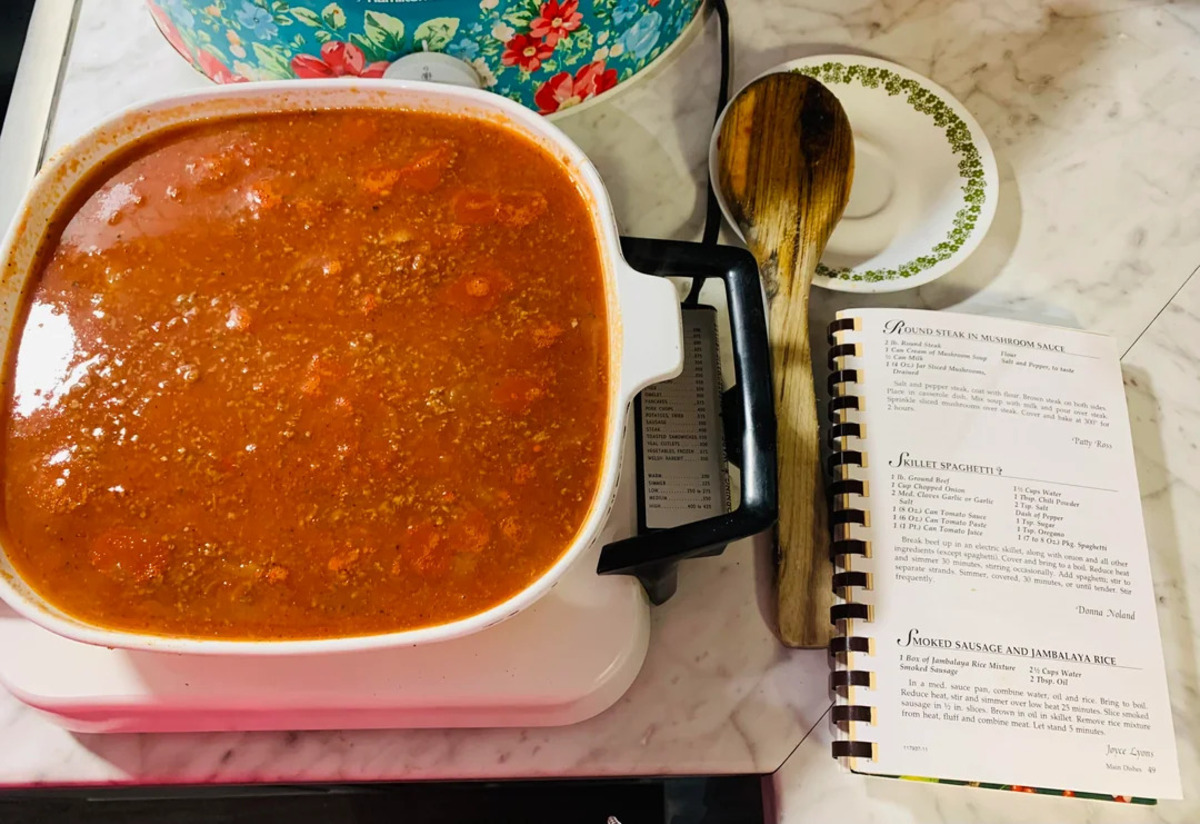
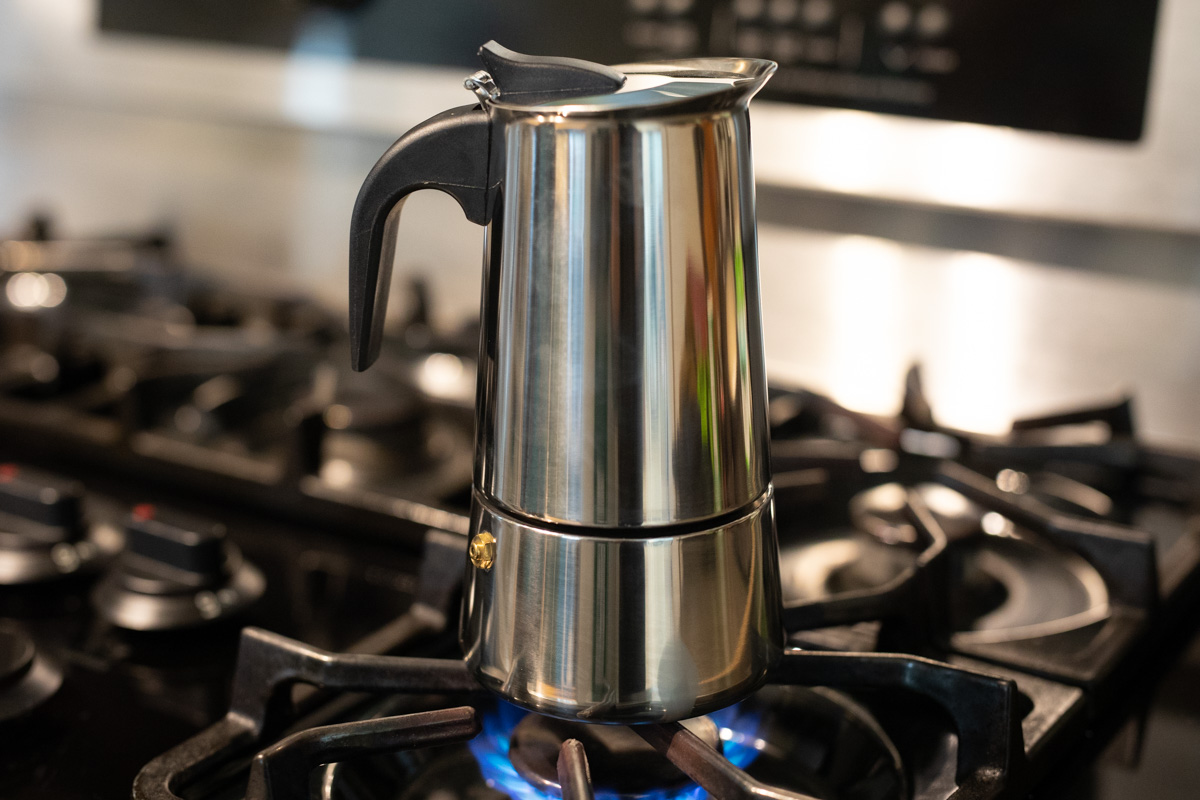

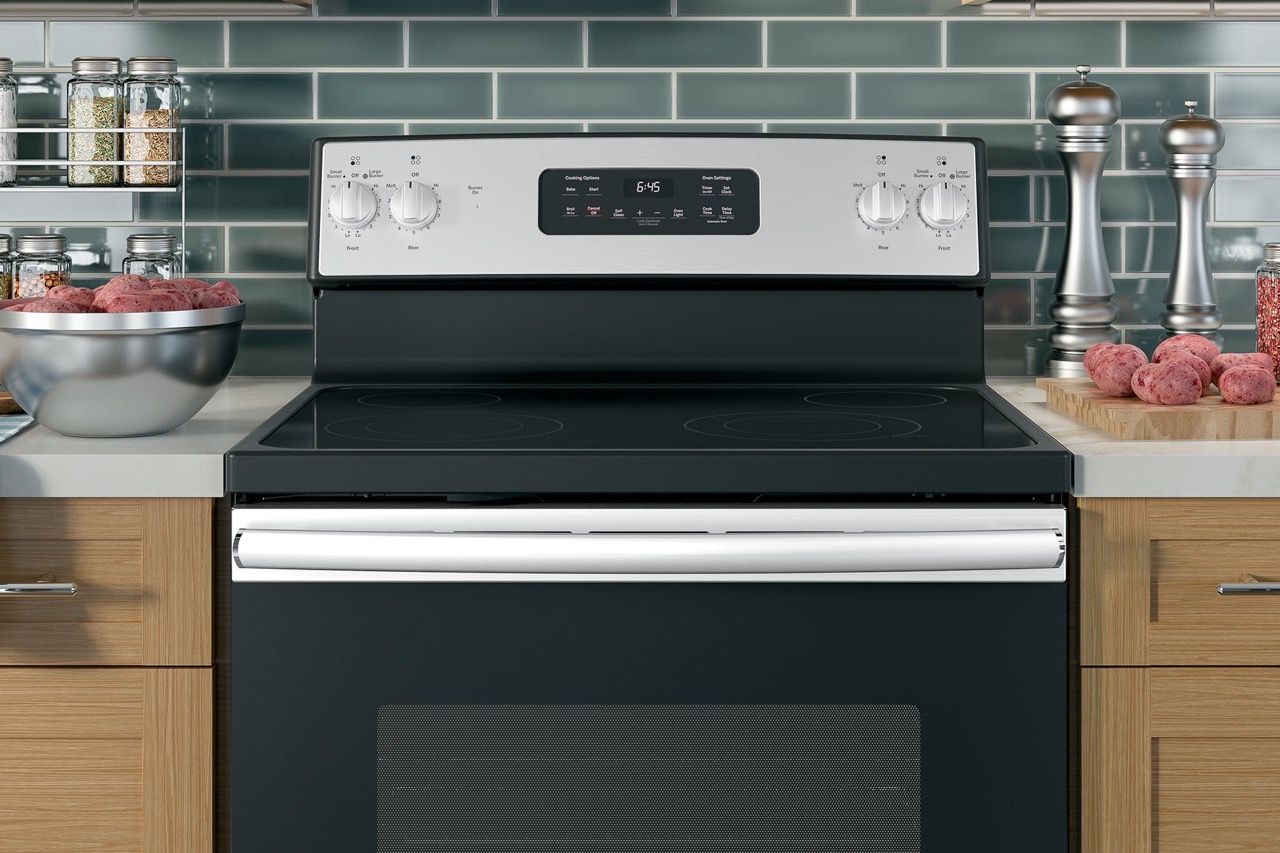
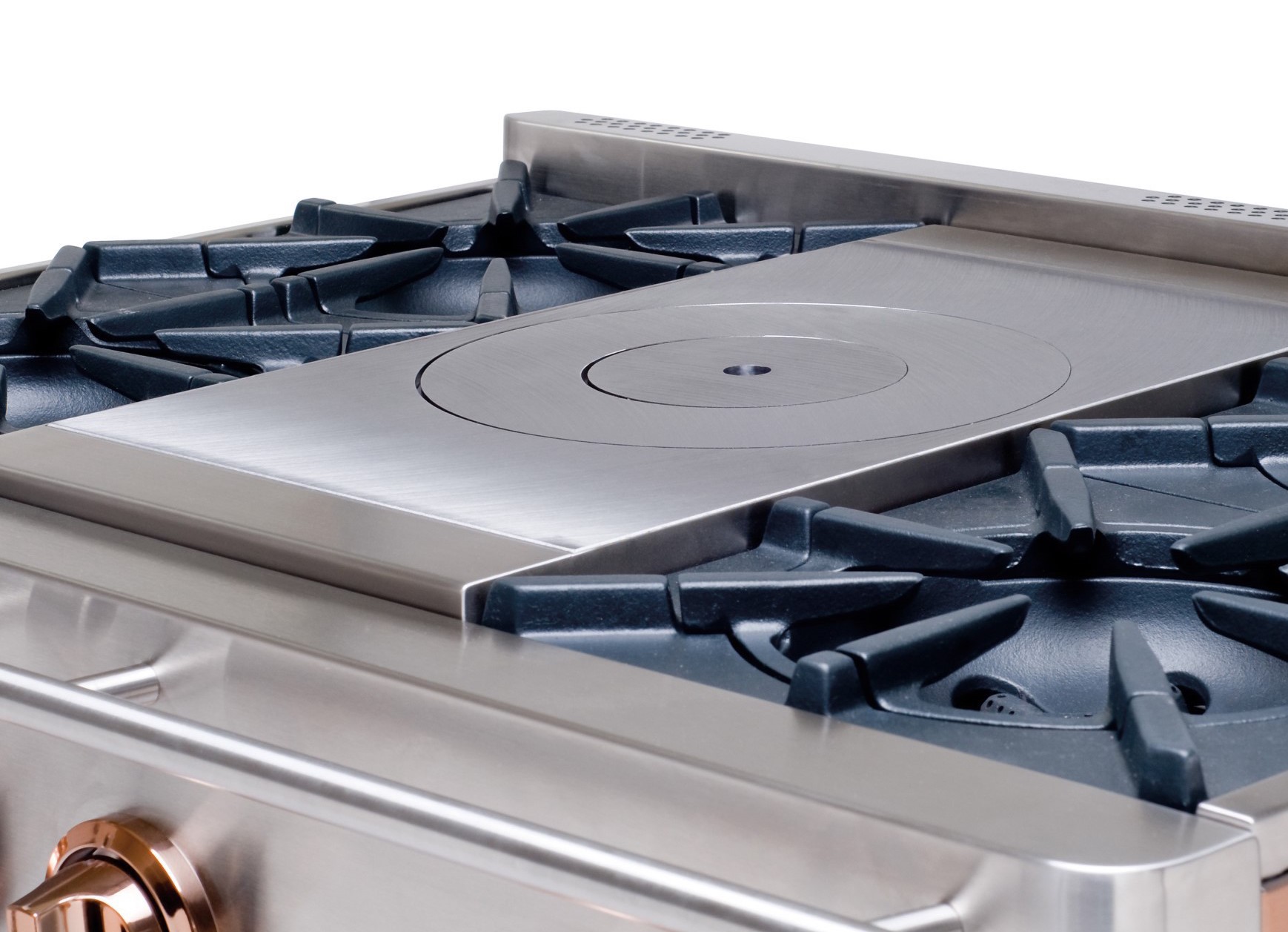
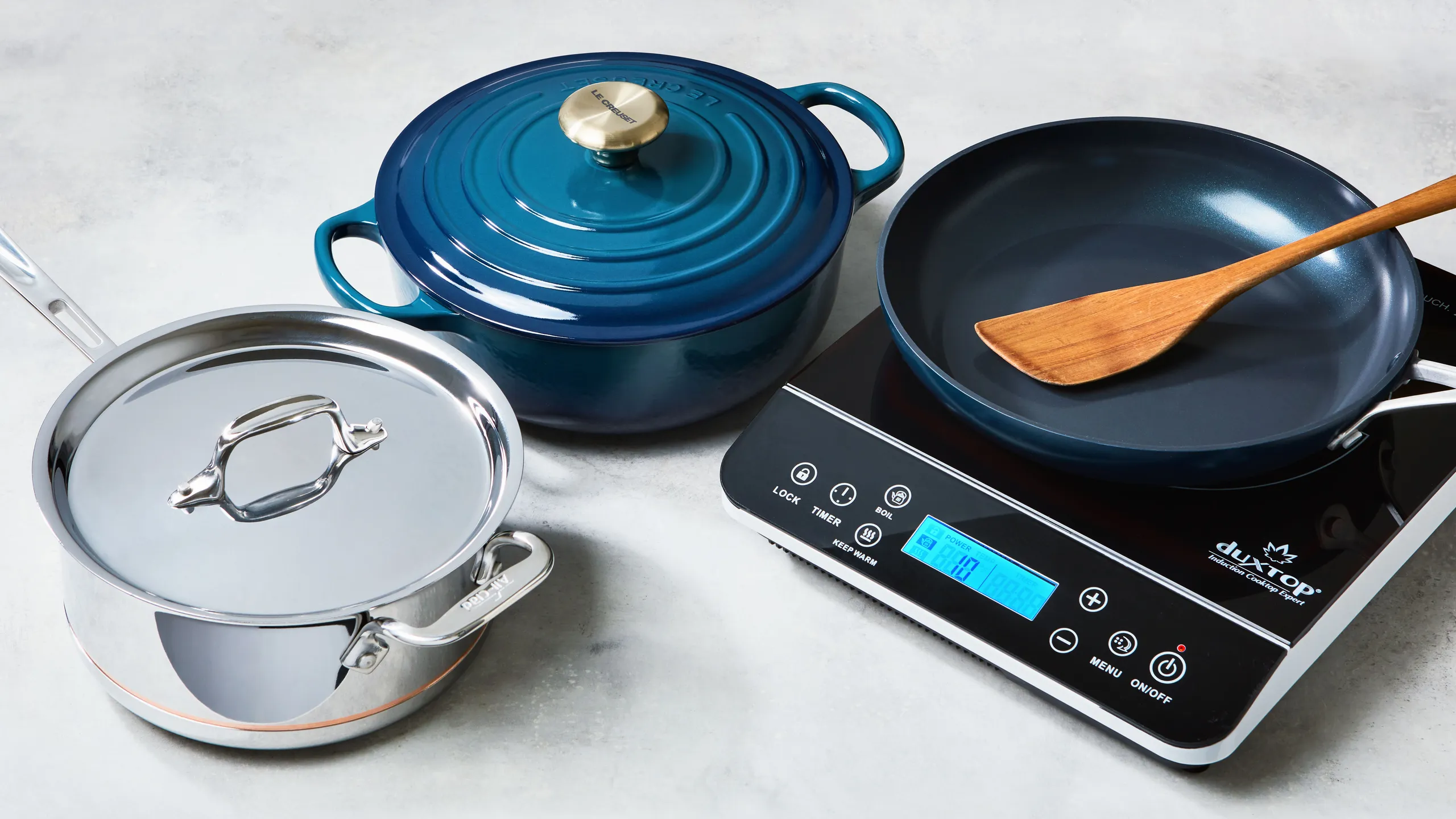
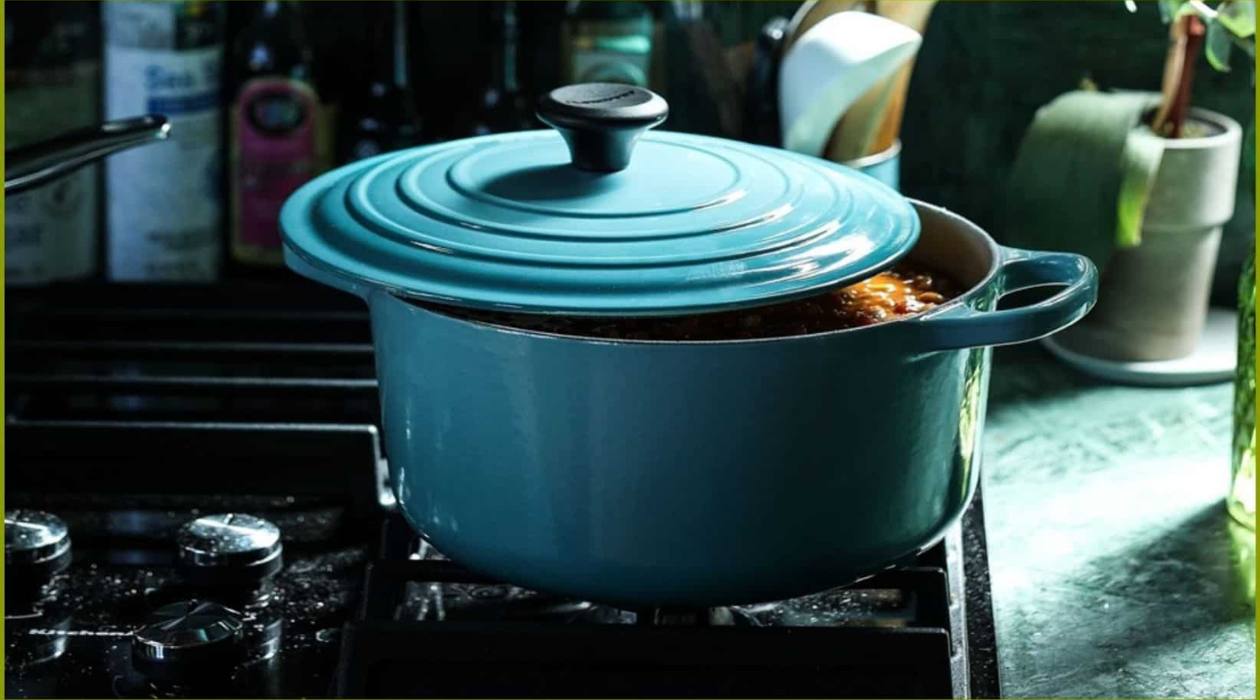
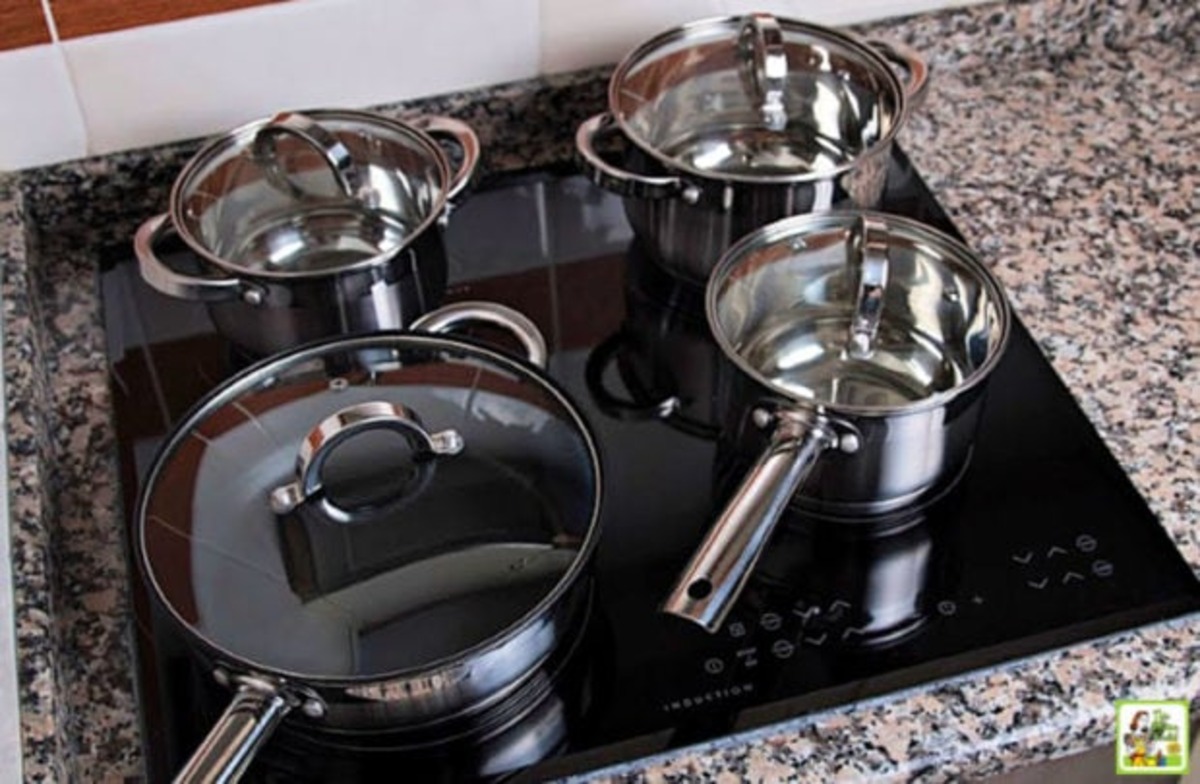
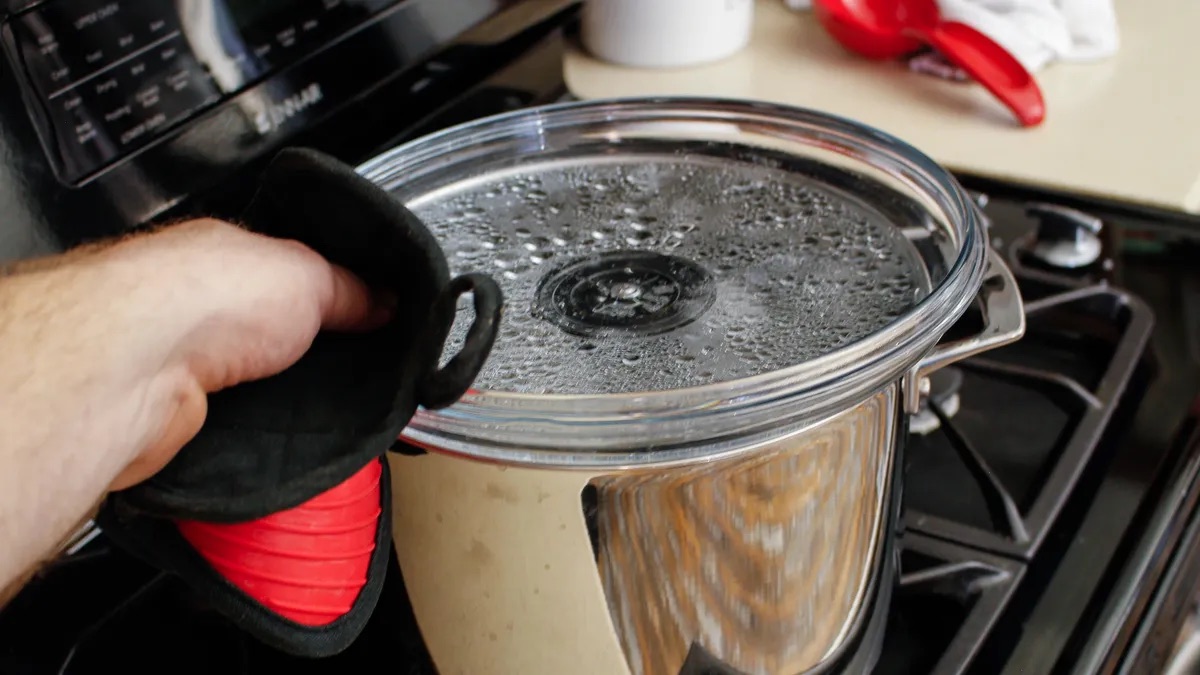
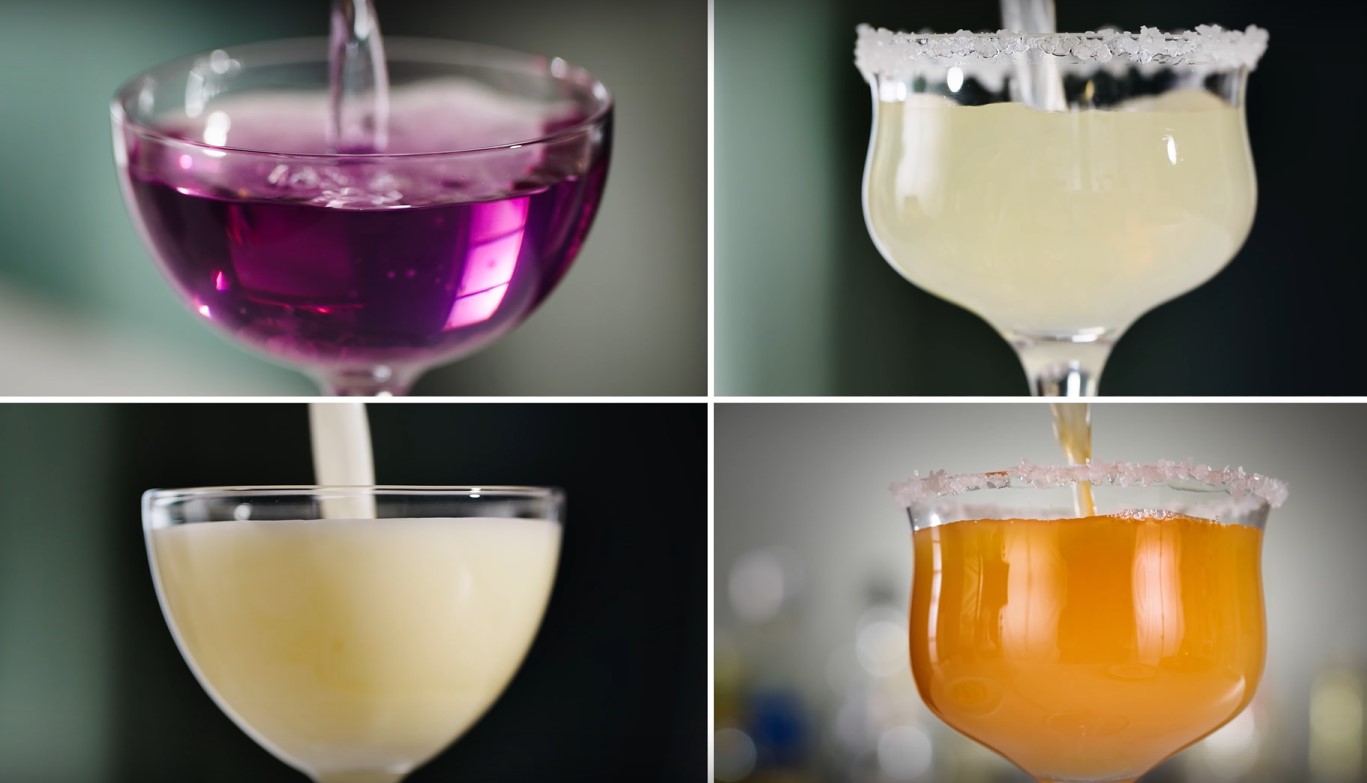
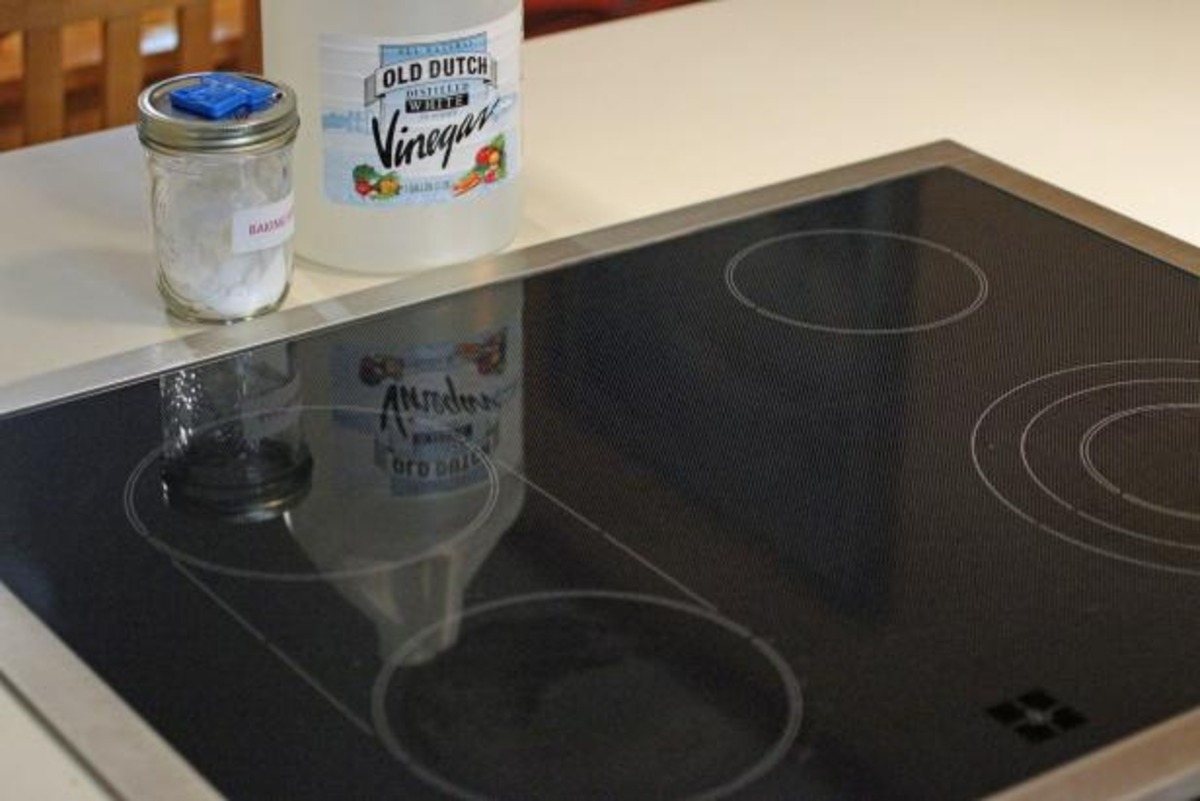

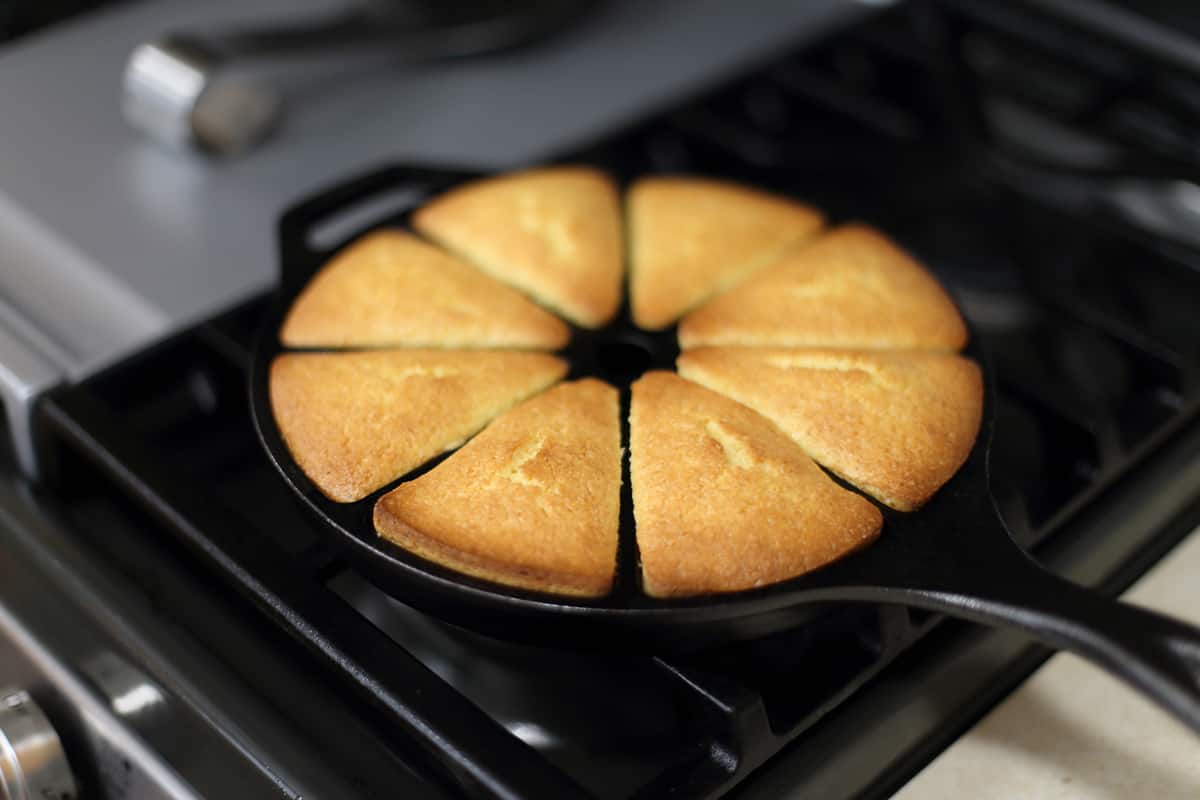
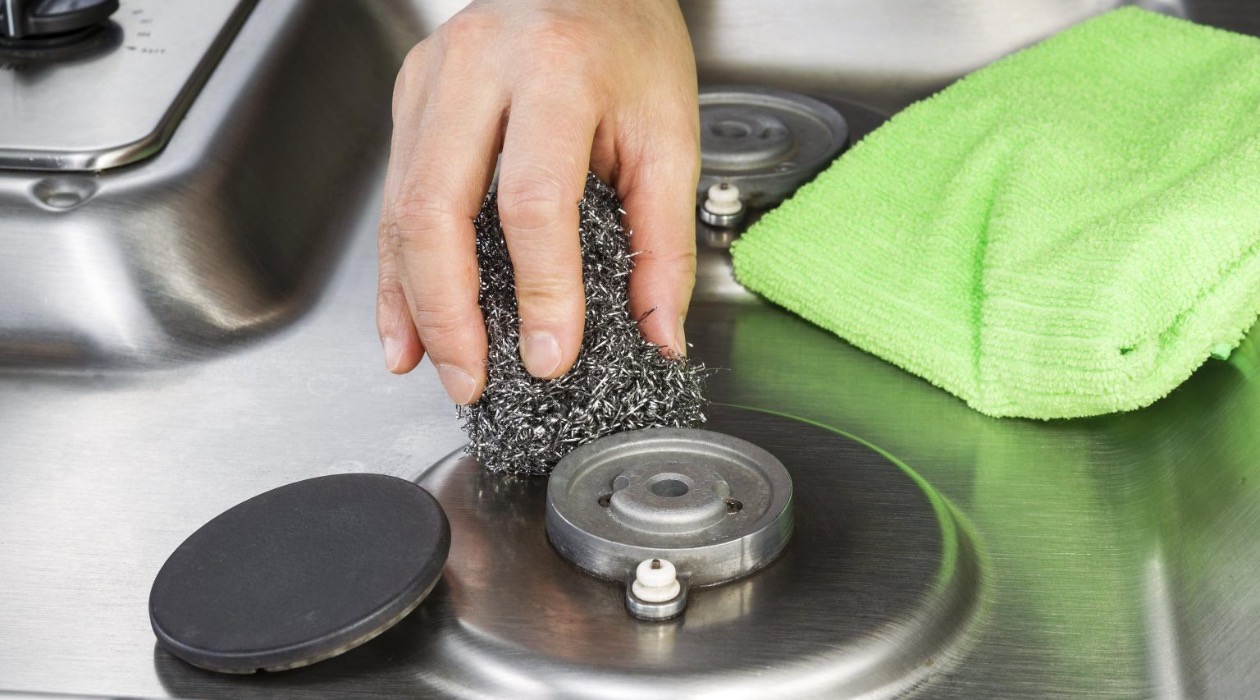

0 thoughts on “What Setting To Use For Simmer On A Stove Top”